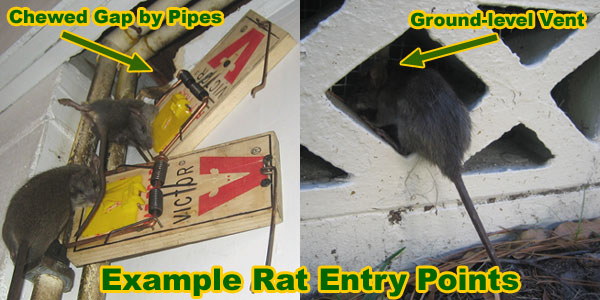When talking about the House Mouse, more of them live in Urban areas. There's a reason they are called "House Mouse" after all - they like to live inside houses! They are referred to as "commensal rodents"
because they thrive alongside humans.

Since mice are official members of the wild animal family, one would perhaps imagine that there are more mice in wild areas than in urban areas. This assumption however is not a very accurate or realistic one. The startling fact is that is it the other way around, there are in fact, more mice living in urban areas than in wild areas. Statistics show that second only to humans, mice are recognized as the most populous mammals in urban areas. This also leads to the knowledge that mice are synanthropic, meaning they are ecologically associated with humans by nature. For this reason, mice can be categorized and perfectly fit into the family of “Urban Wildlife”- a term that refers to those species of wildlife that can thrive in urban areas. The main reason for the preference of urban life primarily concerns the availability of food, water, lodging sources and facilities.
Mouse populations can expand their family to include over 200 specimens in a matter of months. Seeing that there are such large populations of mice that live in urban and suburban areas, it is bound to go along with a few significant problems for their fellow earth inhabitants, humans. Mice are generally responsible for causing great damage to personal property and they areinfamousfor commercial crop destruction. Furthermore, in agricultural communities and factory settings, mice may also be responsible for machine and equipment malfunction. As far as commercial farming enterprises are concerned, it raises a few more concerns. For one thing, contaminated food is very dangerous as potentially exposing the contraction of a number of diseases. In domestic environments, contaminated foods may be consumed unknowingly. The constant gnawing of mice also causes damage to precious household items such as clothing, books and furniture. They furthermore tend to feast on storage boxes, wires and other delectable objects while building their nests.
In urban areas, the most popular places for mice populations to inhabit include dumping sites, parks and other grassy areas, abandoned buildings, factories, street alleys, and virtually any other dark and dank type of place that has adequate food and water supplies. In suburban areas, the most popular places for mice to make their nests can be located within homes in the most obscure of places. These include inside of drawers, under cabinets, shoeboxes, storage boxes,and other obscure areas that are seldom accessed. Mice also tend to populate attics and rooflines, which likely calls for some serious intervention. Mice infestations in urban areas, either in factories or in homes, surely raises some concerns over the extent of damage caused to property and other liabilities. However, there are effective ways of dealing with the problem without making the mouse go completely extinct.
Go back to the
How To Get Rid of Mice in the Attic home page.
Or you can read more mouse control information, on these topics:
How to kill mice
Does mouse repellent work?
Get mice out of the wall
Mouse poison analysis
Do mice live in urban or wild areas?
Do mice make good pets?
Do mice come through the plumbing?
Are glueboards good to catch mice?
Can you catch a mouse in a cage?
What can mice climb?